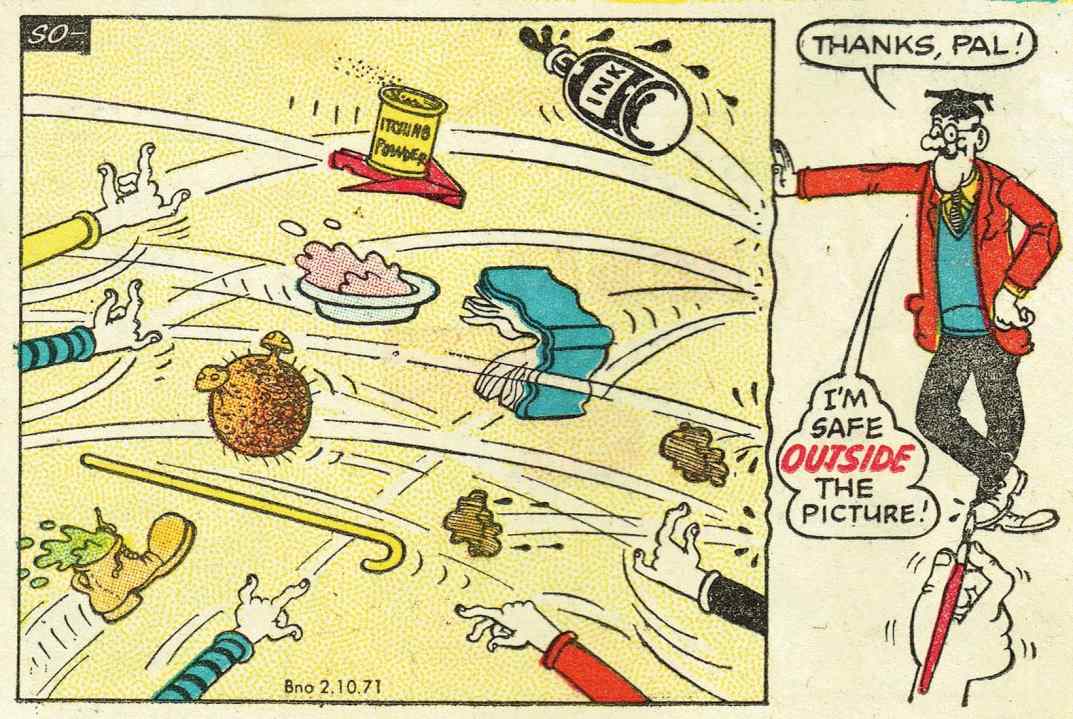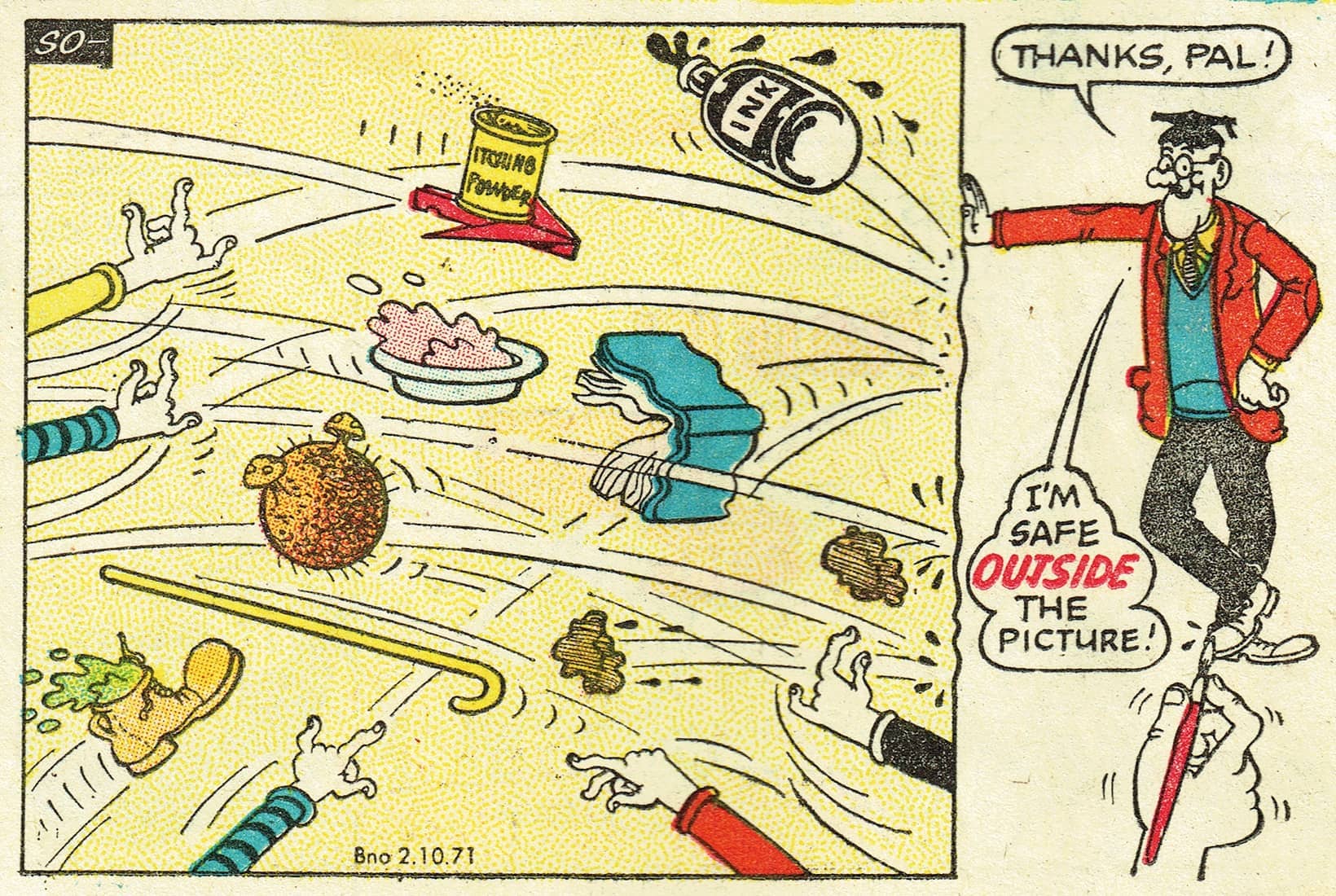Superman and the Beano are both 83 years old. The American superhero first pulled on his tights for Action Comics No. 1 in June 1938. The following month, roughly 443,000 copies were sold of the Beano’s first issue, featuring Pansy Potter (the Strongman’s Daughter), Big Fat Joe, Wee Peem (He’s a Proper Scream) and, my personal role model, Lord Snooty. Not until Grand Theft Auto launched in 1997 has anything so culturally significant come out of Dundee.
But there is a key difference between Superman and the Beano. While American heroes in general and Superman in particular uphold rules, the Beano’s success — its 4,000th edition in 2019 made it the world’s longest-running weekly comic — is predicated on characters who break them. True, Beano characters do sometimes battle evil (during the second world war, Pansy Potter did her bit for Blighty by single-handedly capturing a Nazi U-boat), but regulars like Ivy the Terrible, Minnie the Minx, Dennis the Menace, Roger the Doger and the Bash Street Kids were and are antinomian scamps bent on wreaking havoc in a rule-bound world run by grown-ups.
Hence the title of an exhibition Andy Holden is curating at Somerset House in London called The Beano: The Art of Breaking the Rules, in which new works inspired by the comic sit side by side with displays of its best comic strips. Holden, 39, started reading the Beano when he moved from primary to secondary school, a rite of passage fraught with intimations of adult responsibility. ‘Beano appears at the time in your life when you are just becoming aware of the rules that will increasingly govern your life, rules that it appears that adults have just made up,’ he says. ‘It is a space of pure escape from the arbitrary nature of the rules of bedtime, school and quantities of ice cream.








Comments
Join the debate for just £1 a month
Be part of the conversation with other Spectator readers by getting your first three months for £3.
UNLOCK ACCESS Just £1 a monthAlready a subscriber? Log in